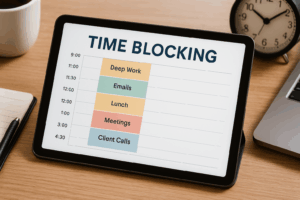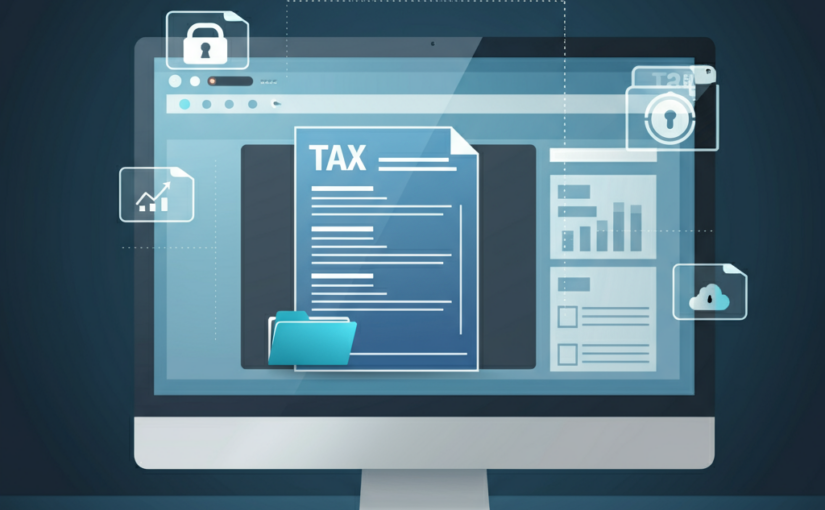As the calendar turns, many professionals and individuals feel the pressure—and opportunity—to set fresh goals and approach the new year with clarity. But without a clear system in place, even the best intentions can fizzle out by February. Preparing for the year ahead is about more than setting resolutions; it’s about creating an actionable, organized plan that supports growth both professionally and personally. With iStratus, you can lay the groundwork for a purposeful year, turning your goals into structured, trackable steps.
Why Annual Planning Matters
Starting the year with a plan helps focus your energy and set the tone for the months ahead.
Turning Intentions Into Action
Many people make broad resolutions like “grow the business” or “get healthier” without creating a roadmap to make those goals achievable. Annual planning forces you to translate those broad desires into specific, actionable priorities.
Building Momentum Early
A clear plan helps you hit the ground running in January instead of spending the first quarter figuring out what you want to do. When you start strong, you create positive momentum that carries forward through the year.
Using iStratus to Organize Your Yearly Goals
iStratus offers tools to help you map out both your professional and personal plans for the year ahead.
Set and Track Goals
Use iStratus to write out your top goals for the year, breaking each into smaller milestones or tasks. Whether it’s launching a new product, expanding your client base, improving personal health, or dedicating time to family, breaking goals into actionable steps makes them less overwhelming and more achievable.
Prioritize What Matters Most
Assign priority levels and tags to your tasks so you can stay focused on what’s truly important. This prevents you from getting bogged down in busywork and keeps your attention on the activities that will deliver the biggest results.
Schedule Major Milestones
Map out key deadlines, events, or project timelines in the iStratus calendar. Seeing your year laid out visually helps you anticipate busy periods, avoid overcommitment, and plan proactively.
Preparing for Professional Success
Annual planning for your career or business sets the foundation for growth and achievement.
Review and Update Business Strategies
Use iStratus to store and organize business strategies, marketing plans, or sales goals. Keep notes on what worked last year and where you want to improve, and upload key documents so they’re always at your fingertips.
Plan for Professional Development
Block off time in your calendar for skill development, courses, conferences, or networking events. Investing in your own growth ensures you stay competitive and engaged in your field.
Organize Client and Project Plans
Set up dedicated folders or task lists for major client projects or initiatives. This allows you to plan ahead for deliverables, assign tasks, and track progress throughout the year.
Preparing for Personal Growth
Professional goals are only one part of the equation; personal goals shape your overall well-being.
Set Personal Milestones
Use iStratus to map out personal milestones like health goals, family plans, travel aspirations, or home projects. Breaking these into trackable tasks ensures they don’t get overshadowed by work demands.
Protect Time for What Matters
Block time in your calendar for family, hobbies, rest, or creative pursuits. Scheduling these activities intentionally helps you maintain balance and avoid burnout.
Track Personal Progress
Keep notes or reflections on personal growth throughout the year. Use iStratus to store journal entries, progress photos, or personal insights so you can look back and see how far you’ve come.
Crafting a Flexible, Resilient Plan
A strong annual plan isn’t rigid; it’s adaptable.
Build in Flexibility
Allow space in your schedule for unexpected opportunities or challenges. Use your digital tools to adjust priorities as needed, rather than abandoning the plan altogether when things shift.
Set Check-In Points
Schedule quarterly or monthly reviews in iStratus to check progress, adjust goals, and celebrate wins. Regular check-ins help you stay accountable and keep your plan relevant throughout the year.
Bringing It All Together: Planning a Purposeful Year
Preparing for the year ahead is your chance to reset, refocus, and set meaningful goals that support both your professional ambitions and personal well-being. With iStratus, you gain a system that keeps your goals, tasks, milestones, and reflections organized in one secure place. By approaching the new year with intention and structure, you set yourself up for a year of progress, fulfillment, and success.







